Asia’s LPG Market Raises Concerns Over Methanol Content in Cargoes
LPG market participants in Asia are raising quality concerns over a growing number of propane cargoes with high levels of methanol—a contaminant which poses risks to operations in the propane dehydrogenation sector.
Methanol in propane feedstock can damage PDH catalysts and reduce propylene yields, according to operators. Ideally, methanol content should remain within the 10–20 ppm range. Levels above 50 ppm are considered risky to PDH operations, and cargoes exceeding this threshold are typically rejected by operators.
Canadian Cargoes Under Scrutiny
Traders and operators have flagged Canada-origin propane cargoes as a major concern, noting that methanol content can reach as high as 300 ppm—well beyond acceptable limits for PDH use.
Methanol is commonly injected during production in Canada to prevent freezing in pipelines due to the country’s cold weather, but problems arise when methanol is not adequately removed during downstream processing, operators explained.
Analysts have noted a rise in Canadian cargoes arriving in Asia, a trend that accelerated after the U.S.-China trade war started in April. Reciprocal tariffs on U.S. LPG disrupted typical trade flows, prompting Chinese buyers to seek alternative sources to meet rising demand from their growing PDH sector, turning instead to the Middle East and Canada.
“This opened up a new market for Canadian LPG exports and led to a rise in Canadian propane shipments into Asia,” said a Singapore-based trader. “Japanese suppliers, who traditionally lift Canadian propane under term contracts, usually resell Canadian volumes to other Asian buyers, primarily the Chinese.”
According to Vortexa data, Canadian propane cargoes arriving in Asia between April and August totaled 1.05 million metric tons. Flows remained steady in August, with an estimated 208,000 mt shipped. China was the top destination, absorbing 773,900 mt or 73.8% of the total volume, the same data showed.
“With so many Canadian cargoes in circulation, PDH operators are struggling to secure clean propane suitable for usage. During the peak of the trade war, many PDH operators across Asia—even outside China—avoided U.S. cargoes, leaving limited alternatives. In some cases, they had no choice but to accept Canadian propane, even though the quality wasn’t ideal,” another trader said.
Tariff Truce Could Shift Flows Back to U.S. Cargoes
Sources said the recent extension of the tariff truce between the U.S. and China could pave the way for the resumption of U.S. LPG flows into Asia, allowing operators across the region to access high-quality propane cargoes again. U.S. propane typically has lower methanol content, making it more suitable for PDH usage.
However, some market participants cautioned that this shift could also result in a temporary oversupply of Canadian cargoes in Asia, given that flows remained steady in August and may now face weaker demand.
“There’s potential for some of the Canadian cargoes to be redirected to flexible crackers, which are more tolerant of methanol contamination. But it is unlikely that the PDH sector will be absorbing any of the Canadian supply since U.S. propane would be a better fit,” an analyst said.
–Reporting by Cheryl Lee, clee@opisnet.com; Editing by Mei-Hwen Wong, mwong@opisnet.com
